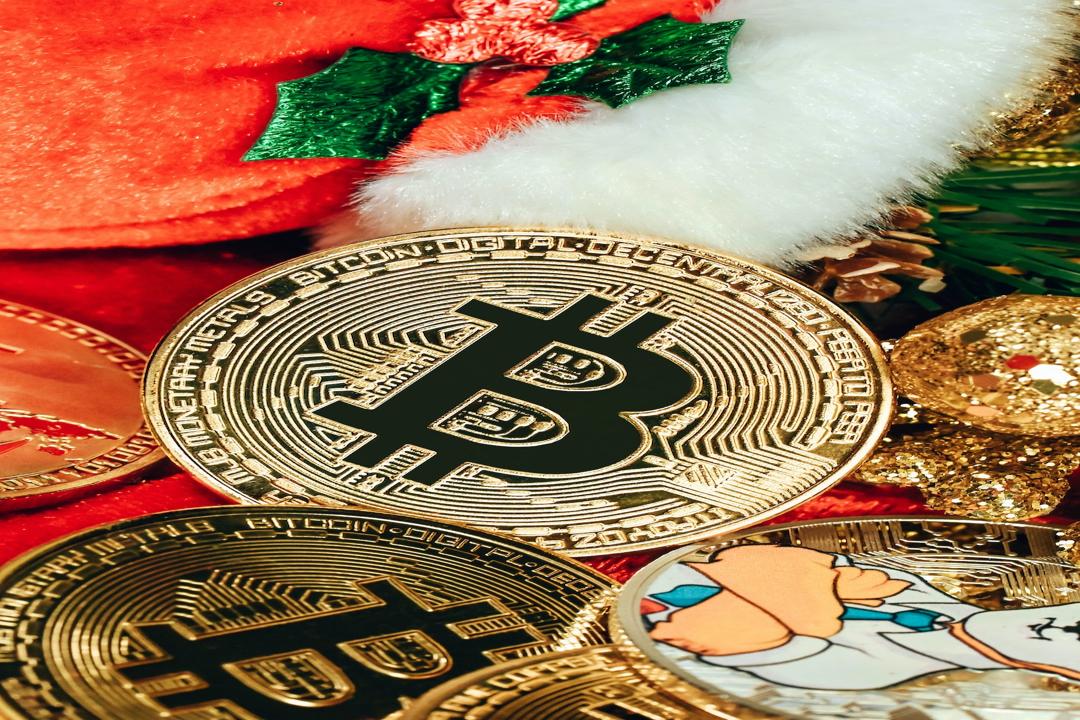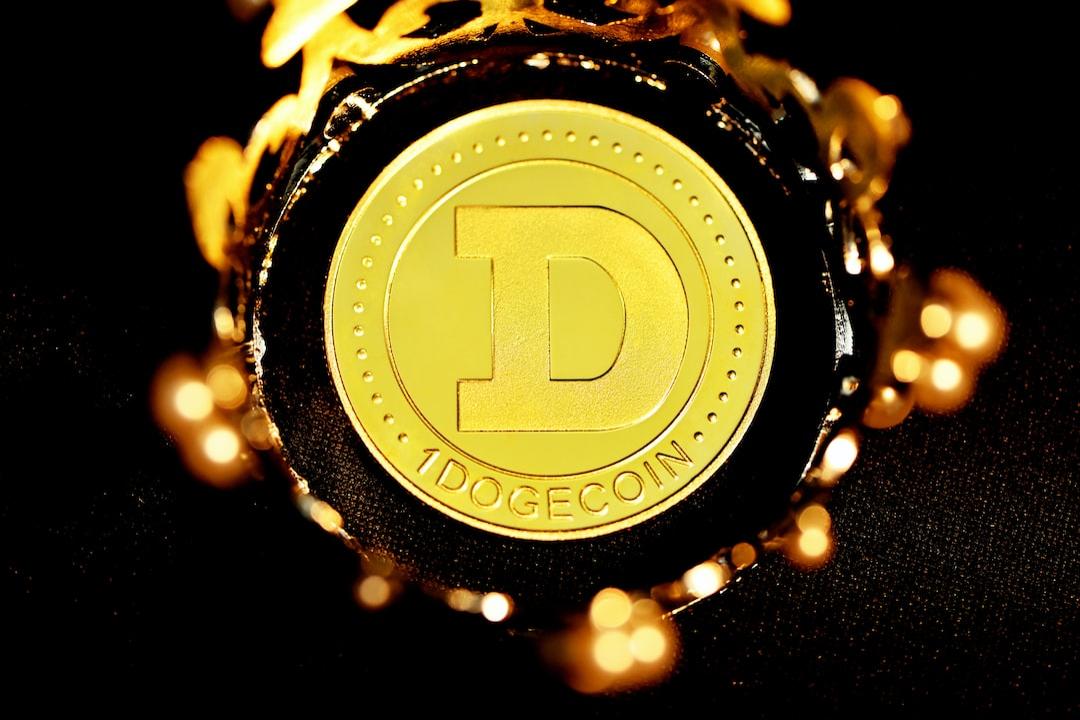50 Years of Craftsmanship Meets the Web3 Wave: How Taiwan Mingpan Opens New Blue Oceans?
At the headquarters of Taiwan Mingpan in the Huaya Technology Park, one room’s walls are filled with thousands of pocket-sized cards, such as Cathay CUBE cards, Shopee cards, or the previously sold-out PS4 and Pokémon-themed EasyCards, perhaps one of which once existed in your wallet.
Founded over 50 years ago, Taiwan Mingpan started with the production of “nameplates” (metal plates engraved with text or patterns, such as the brand metal plate on car keys). It later expanded into magnetic strip credit cards, then progressed to chip cards. With decades of experience in card manufacturing, Taiwan Mingpan has produced over 100 million cards to date.

Taiwan Mingpan’s General Manager, Yin Wen-zheng (left), and Vice General Manager, Su Wen-hui (right).
Thus, through “cards,” Taiwan Mingpan has witnessed the gradual evolution of Taiwan’s financial payment tools. Rooted in traditional finance, this giant is now bravely stepping from the credit card sector into the world of cold wallets for storing cryptocurrencies, in line with the Web3 trend.
“Why did we transition from credit cards to cold wallets? It starts with the history of our company,” said Taiwan Mingpan General Manager Yin Wen-zheng, who began by outlining the company’s deep roots. “Our foundation is firmly planted in the card manufacturing sector.” The small chip on a card is where it all began.
From Magnetic Stripes to Chips: Accumulating Deep Expertise
Yin Wen-zheng reminisced about the early days of credit cards, which primarily relied on magnetic stripe technology to store and read cardholder information. While this technology ushered in the era of convenient card payments, it was vulnerable to skimming or duplication, leading to the rise of counterfeit cards and fraudulent charges, posing significant security threats and financial losses to financial institutions and consumers. To address this fundamental issue, global payment organizations actively promoted technological innovation, leading to the development of the modern chip card (IC card) we are familiar with today.
But what does this history have to do with Taiwan Mingpan’s entry into cold wallets?

General Manager Yin Wen-zheng recalls the early days when credit cards relied on magnetic stripes for storing and reading cardholder information.
“Don’t underestimate that tiny chip!” Yin’s eyes instantly lit up, and his tone was filled with enthusiasm. “You can think of it as a highly secure, simplified microcomputer. It has a central processor (CPU), independent memory, and an exclusive operating system, and it can even run specific applications.”
With this small chip, it can actively perform complex encryption and decryption calculations, along with identity verification, during a transaction, greatly raising the bar for counterfeiting, making it exponentially harder to forge cards.
This was the pivotal moment when Taiwan Mingpan began honing its “internal strength.” They believed that competition in chip cards was no longer just about precision hardware manufacturing but about mastering the software “soul” inside the chip.
As a result, the company began recruiting and training software engineers with cross-disciplinary skills to delve deep into the underlying operating systems of IC cards, developing applications that could operate stably in environments with limited resources and high security requirements.
Through years of technical deepening and self-challenge, Taiwan Mingpan gradually accumulated and refined the “deep expertise” required to master chip security, turning it into the cards we use in daily life.
From Cards to the Blockchain: Taiwan Mingpan’s Path to Breaking Boundaries
However, despite its achievements in the card manufacturing industry, Vice General Manager Su Wen-hui admitted that the traditional credit card market was still facing a “ceiling.” “Taiwan is so small, and there are five card manufacturers competing. Moreover, international organizations impose strict regional restrictions on credit cards, making it difficult to secure overseas orders.”
When the Web3 wave swept through, particularly with the increasing demand for secure storage of cryptocurrency assets, Taiwan Mingpan saw an opportunity.
Vice General Manager Su Wen-hui explained, “So, we’ve been thinking about what else we can do, given our technological advantage in secure chips and software.”
Yin Wen-zheng pointed out that during credit card transactions, many verifications and calculations between the chip and the reader are based on encryption techniques. The IC chip itself is designed to perform these encryption tasks, such as generating keys/PINs and performing calculations to ensure private keys remain secure.
The core function of a cold wallet is to use a private key to sign transactions, and securely storing the private key is precisely the strength Taiwan Mingpan has accumulated in the financial IC card field.
One Card, Three Identities: Debit Card, Credit Card, and Cold Wallet
Thus, a bold idea emerged: Could the traditional payment function and cold wallet security function be integrated into one card?
After about 3 to 4 years of research and development, overcoming countless technical challenges, the idea finally became a reality. Taiwan Mingpan launched the FortVax personalized cold wallet. In 2024, its subsidiary CFW, in collaboration with MatchMove, launched Taiwan’s first innovative product, the “Quanquan Cold Wallet Debit Card,” which combines cold wallet technology with Mastercard’s debit card functions.
Yin Wen-zheng casually picked up a sample card from the desk. The thin plastic card, without a screen or buttons, might seem ordinary at first glance, yet it is the product of blending their years of card manufacturing expertise with Web3 technology.
“The most special and proud part of this card is that tiny chip inside,” he said solemnly.
This chip has the functions of a credit card and debit card, enabling transactions anywhere Mastercard is accepted. It also serves as a highly secure cold wallet. This breaks the boundary between financial cards and cryptocurrency cold wallets, as Taiwan Mingpan has cleverly integrated the two into one card.

Taiwan Mingpan demonstrates its metal cold wallet card showcased at the Token2049 event in Dubai this year.
Users can download the app and create a wallet. By placing the card on the back of their phone, they can “tap” the cold wallet card using NFC technology. In just a few seconds, the connection is made, and because every transaction requires a tap of the card, users need not worry about hackers invading the cold wallet.
Yin Wen-zheng emphasized that the chip is the core guarantee of asset security. By “locking” the private key in the chip, a hardware vault that is isolated from the internet, the risk of hacker attacks, malicious software intrusion, or exchange platform risks is significantly reduced, providing a physical layer of isolation and protection for users’ digital assets.
Additionally, the usage is quite simple, unlike many cold wallets that require a connection. It is very user-friendly for beginners.
“Moreover, there’s an unexpected but important advantage,” Su Wen-hui added with a smile. “It’s in card form, so… no need to charge it!”
This highlights a pain point of many electronic devices. Unlike many electronic cold wallets, which, even in card form, require regular charging due to screens, this card only needs to be intact to provide secure cold storage functionality at any time.
Yin Wen-zheng believes that this card format, which does not require charging, is familiar and convenient to carry, and its durability (compared to electronic devices with screens or other intricate components) makes it more in line with the daily usage habits of the public, lowering the technical and usage barriers to entering the Web3 world.
Targeting Exchange Partners: Pushing for Web3 Payment Entry
Given the goal of combining payments with cold wallets, Taiwan Mingpan’s primary partners are global cryptocurrency exchanges.
Yin Wen-zheng stated that many large exchanges like Bybit and Crypto.com already issue debit cards, but these are typically just plain payment cards. Taiwan Mingpan’s solution can “upgrade” these cards, adding cold wallet functionality to the same card.
He believes this is an extremely attractive option for exchange users who are increasingly focused on asset security and have payment needs. “If you’re a user of an exchange, you obviously want the tokens you buy to be stored securely. Now, this card allows you to store your assets securely and also pay directly via the exchange’s system when needed, so why not?”
This strategy is already showing results. Yin Wen-zheng revealed that they have partnered with one of the top 10 global exchanges, starting small-scale shipments of pure cold wallet products for market testing. They also plan to introduce cold wallet debit cards in the future.
Additionally, Taiwan exchanges have also purchased their cold wallet products and actively promoted them. This strategy of partnering with exchanges and offering differentiated products has allowed Taiwan Mingpan to successfully bypass direct price competition with traditional cold wallet manufacturers, instead challenging the more promising Web3 payment market.
The Web3 Payment Wave: Believing in the Value of Wallets
As for the future of Web3 and cryptocurrency payments, Yin Wen-zheng remains optimistic, “The development of cryptocurrency is unstoppable, especially in the payment field.”
He noted that global payment leaders like Ripple, in their cross-border payment efforts, and overseas exchanges like Coinbase building the foundational network for cryptocurrency, all show that the industry is moving toward more efficient and inclusive payment solutions.
He particularly emphasized the irreplaceable role of wallets in the Web3 world. “No matter how much the outside world talks about it, one of the core principles of Web3 is ‘Your key, your token.’ The private key is the only proof of your assets. To enter this world, you need a wallet.”
Yin Wen-zheng believes that even if more advanced technologies like Account Abstraction emerge in the future, users will still need a secure and reliable interface to manage their digital identity and assets. The wallet is the key entry point.
“The percentage of people using cryptocurrency wallets globally is still very low, with huge potential.”
Su Wen-hui also pointed out that this is exactly where Taiwan Mingpan’s opportunity lies. By integrating cold wallets with daily payment habits, they lower the entry threshold for Web3, allowing more people to safely access and use crypto assets.
From physical cards that carry financial trust to innovative cold wallet debit cards linking the crypto world and everyday payments, Taiwan Mingpan is steadily and ambitiously breaking waves in the digital financial tide.
This is not only a transformation story of an established enterprise but also Taiwan’s striking business card in the Web3 payment field.

